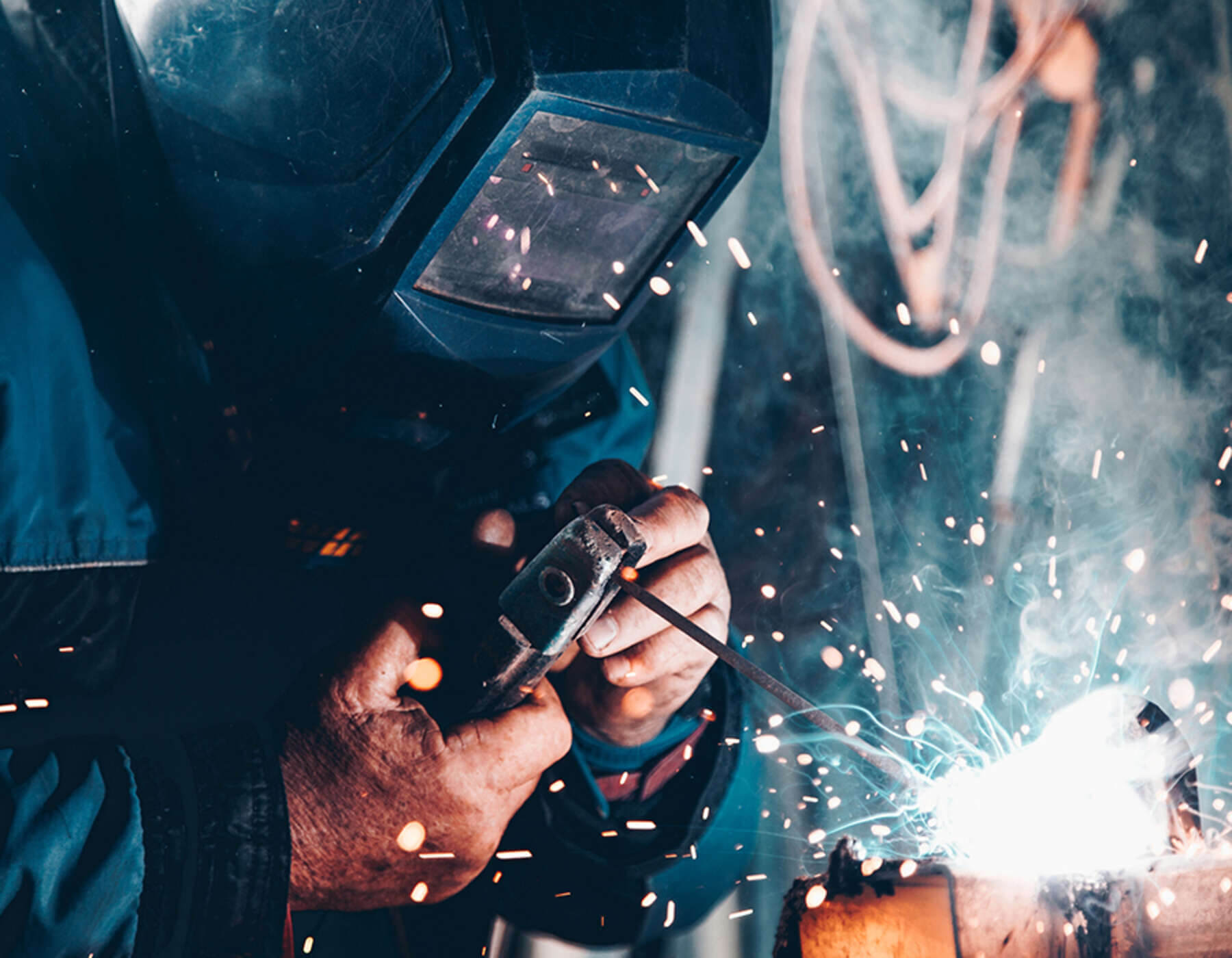
- A new year. And for metal fabricators everywhere, it is already shaping up to be a busy one.
After holding steady throughout the most turbulent times the sector has ever seen, and for all challenges remain, metal fabricators, according to the Fabricators and Manufacturers Association, are set to continue to weather out the storm.
As we look ahead into 2023, few in the sector, researchers, and forecasters are predicting a slowdown in metal fabrication. In fact, predictions into the next 12 months show a slower-than-usual start to 2023, but the rate of growth gathering momentum toward the latter part of the year.
What does this mean for metal fabricators everywhere?
Value-driven, sustainable projects managed via strategies that boast value and continuous improvement will be vital.
So what does 2023 have in store for the metalwork sector and how can we maximise these opportunities?
It’s all about sustainability.
As with all sectors, the manufacturing industry did see a drop in sales during 2020 and into 2021 as we faced COVID-19 and the fallout from the pandemic. However, numbers did start to rise again (and quite quickly) in 2021 and throughout 2022.
As we step into 2023, it’s forecast that sales may be slower than what we have been used to seeing, and we may not see huge growth, but we will see sustainable growth. Allowing companies to strengthen their position in the market and build long-term partnerships that generate significant lead generations and an increase in sales in the long run.
Labour challenges.
Precision metal fabrication involves skill, knowledge, and industry experience, and for many employers finding high levels of skilled workers is proving difficult.
There is also the issue of rising wage bills and labour costs. However, if you have the right employees, the FMA reports that they are more than proving their worth, as research into the sector shows employees are producing and generating more output.
A rise in material costs.
Due to political and economic uncertainty and the ongoing problems faced with breakdowns in supply chains, it is no surprise that material costs have risen (and continue to rise) sharply.
What’s interesting to note, however, is that a lot of these costs have not been passed onto the customer. Instead, manufacturers are absorbing these costs to build long-term client relationships due to customers spending again and the rise in demand for fabrication services.
Competition will be fierce.
Due to steady but not voluminous amounts of work, competition in the sector will increase, especially as we see new entrants into the market as metal works become a lucrative industry to join.
Companies will have to work hard and build on their customer relationships, nurturing existing partnerships and growing business from existing client bases.
Also interesting to note is research showing that the average win-to-bid ratios have fallen from 37% to 24%.
Reshoring opportunities.
Today, there is a greater emphasis on UK manufacturing and avoiding outsourcing overseas due to delivery delays, supply chain challenges, and increasing costs.
This shift in working and assigning projects has opened up numerous opportunities for manufacturers, reducing, if not eliminating, many of the problems mentioned above.
Working with metal fabricators in the Northeast, like Morfabrication, also ensures faster lead times, more cost-effective project prices, and efficiencies in scale due to sourcing domestically, creating closer partnerships between client and supplier.
However, the need to expand the physical plant to account for the increase in reshoring opportunities must be considered.
Automation in manufacturing.
Automation is still the talk of the town, especially in manufacturing. Helping to meet rigid requirements and unique specifications, automation also helps to cut down on time and resources while still allowing businesses to increase capacity.
But automation is not without its challenges, and significant investment in the right areas of automation is what is required moving forward.
Taking back control
Are we returning to the status quo after the pandemic?
No.
But we are turning a corner into a new era of metal fabrication.
2023 presents huge opportunities, and metal fabricators must have concrete strategies in place. Strategies that focus on creating sustainability rather than a quick profit.
Now metal fabricators are taking back control, delivering products when and where needed—working across a section of industries, industries that all, in some capacity, require metal fabrication.
With political unrest, fluctuation in interest rates, and ongoing price rises, those who have shown their resilience over the past two years are those who will continue to succeed and drive improvements in the sector throughout 2023 – and Morfabrication is leading the way in the Northeast.
Professional, skilled, and experienced in all forms of metal fabrication, if you require any metal work or you’re at the start of a fabrication project, and you need a team you can rely on to support you in the creation of high-quality products call us today on 07825 909 669 or fill in our online enquiry form with further details, and we’ll be in touch within one working day.

